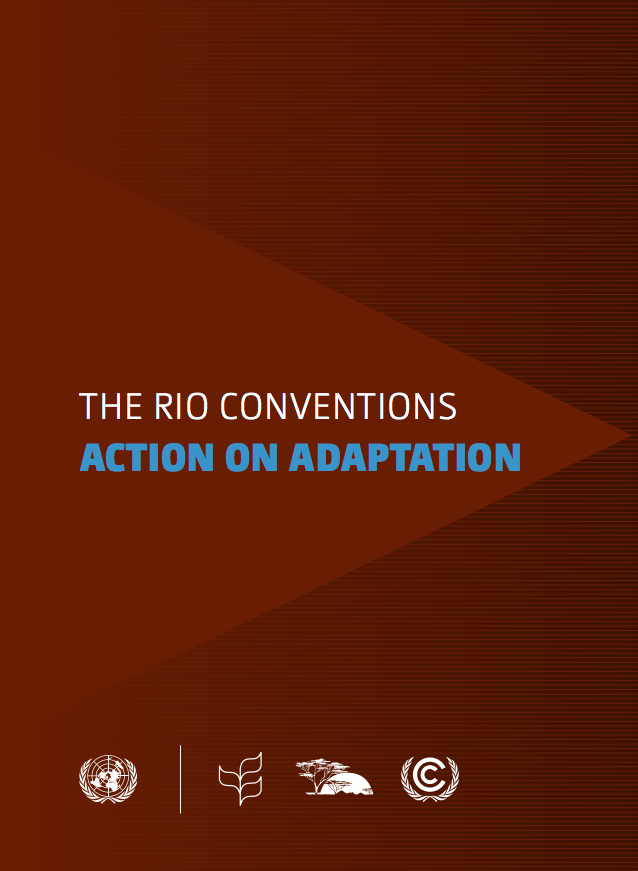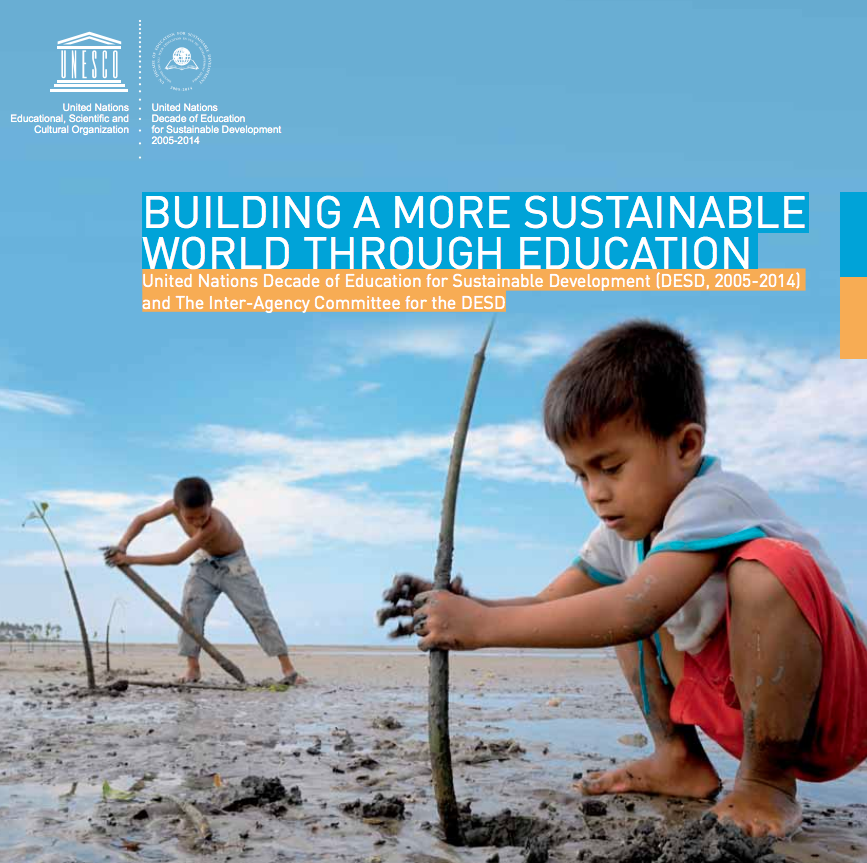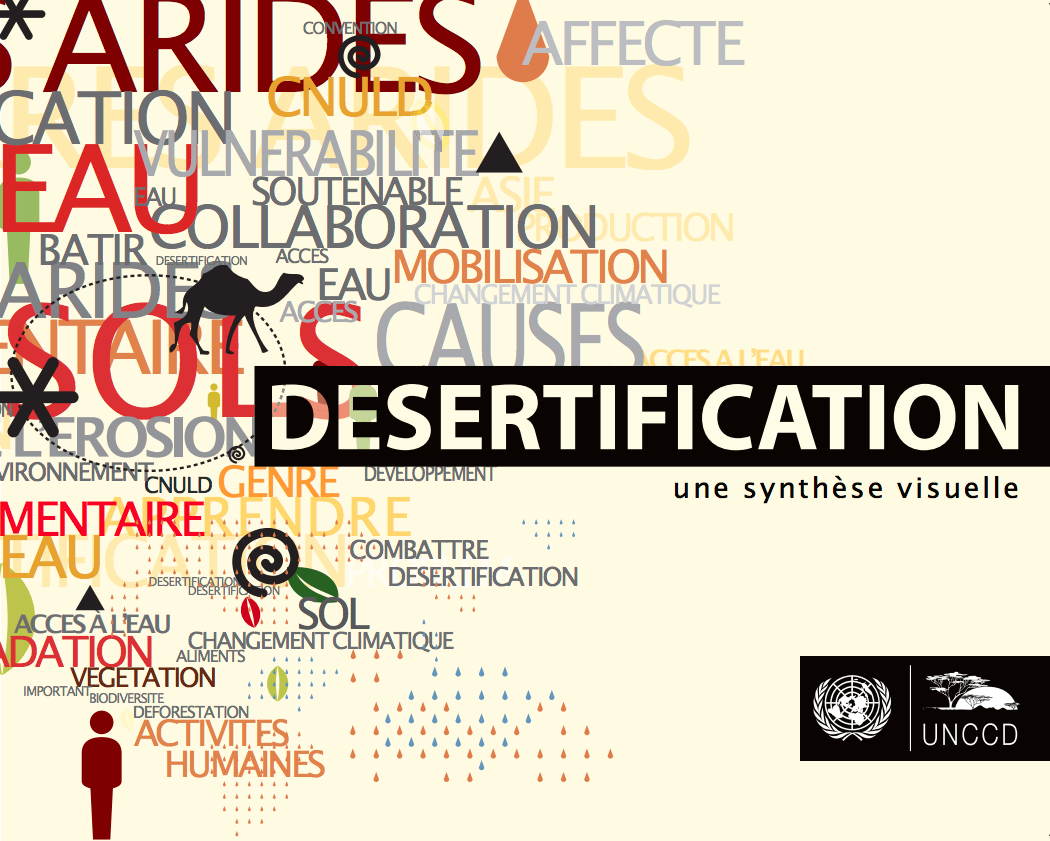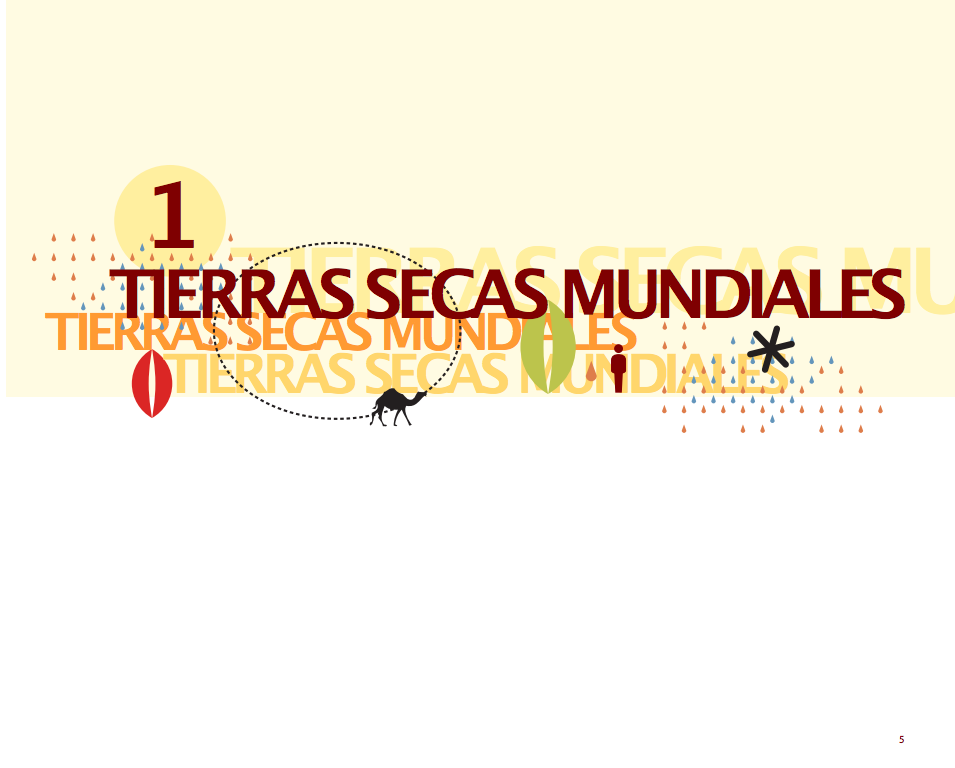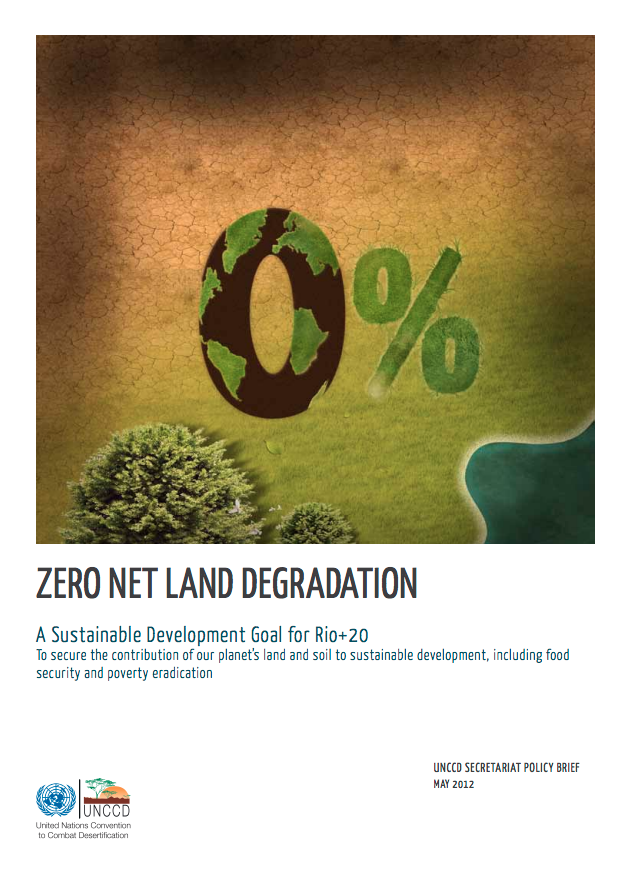Details
Location
Contributions
Displaying 341 - 350 of 2403United Nations Framework Convention on Climate Change
The UNFCCC entered into force on 21 March 1994. Today, it has near-universal membership. The 197 countries that have ratified the Convention are called Parties to the Convention.
The Rio Conventions: Action on Adaptation
The earth’s climate is changing at a rate unprecedented in recent human history and will continue to do so for the foreseeable future. The impacts and risks associated with this are global, geographically diverse and increasingly being felt across a range of systems and sectors essential for human livelihoods and well-being. The more severe and far-reaching the impacts of climate change are, the greater the loss of species will be, and the greater the deterioration of drylands and the risk of desertification and land degradation around the world will be.
Building a more sustainable world through education
We can no longer turn a blind eye to urgent sustainable development challenges such as climate change, the food crisis, disappearing biodiversity and the depletion of natural resources. A way to rise to these challenges is through Education for Sustainable Development (ESD). ESD is a dynamic concept that aims to enable people of all ages and from all walks of life to pursue and benefit from a sustainable future.
Desertification: a visual synthesis
This book is intended as a basic information kit that tells “the story” of desertification, land degradation and drought at the global scale, together with a comprehensive set of graphics. The book indicates trends as they have taken place over the last decades, combining and connecting issues, and present priorities.
Desertification: a visual synthesis
This book is intended as a basic information kit that tells “the story” of desertification, land degradation and drought at the global scale, together with a comprehensive set of graphics. The book indicates trends as they have taken place over the last decades, combining and connecting issues, and present priorities.
Desertification: a visual synthesis
This book is intended as a basic information kit that tells “the story” of desertification, land degradation and drought at the global scale, together with a comprehensive set of graphics. The book indicates trends as they have taken place over the last decades, combining and connecting issues, and present priorities.
Desertificación: una síntesis visual
Este libro tiene como objetivo ser un manual informativo en el que se cuenta “la historia” de la desertificación, la degradación de las tierras y la sequía a escala global acompañado por una completa serie de gráficos. Este libro muestra tendencias que han tenido lugar a lo largo de las últimas décadas, combinando y conectando temas y presentando prioridades.
Desertification: une synthèse visuelle
Ce livre constitue un ensemble d’informations de base sur la désertification, la dégradation des terres et la sécheresse à l’échelle mondiale, accompagnées d’une série de graphiques. Celui-ci présente les évolutions ayant eu lieu au cours des dernières décennies, en associant les questions et les priorités actuelles.
Desertification: a visual synthesis
This book is intended as a basic information kit that tells “the story” of desertification, land degradation and drought at the global scale, together with a comprehensive set of graphics. The book indicates trends as they have taken place over the last decades, combining and connecting issues, and present priorities.
Zero Net Land Degradation: A Sustainable Development Goal for Rio+20 (Full Paper)
Land is our natural ally. But the natural conditions of land and soils are not eternal, and must be protected. Soil is the most significant geo-resource we have for ensuring water, energy and food security for present and future generations. Healthy soils are also vital for building resilience and adapting to climate change.



